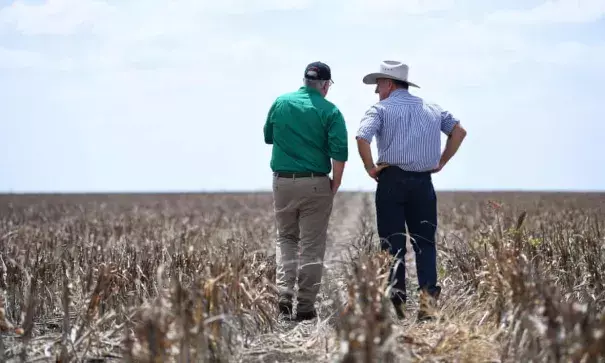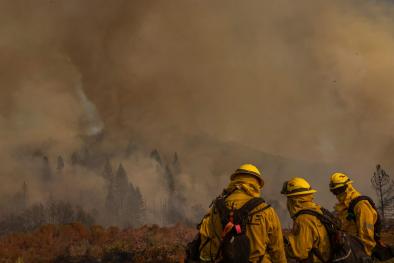Climate change has cut Australian farm profits by 22% a year over past 20 years, report says

Signals Summary: Climate change is increasing average global temperature, amplifing the intensity, duration and frequency of extreme heat and heat waves, and increasing drought risk.
Article Excerpt: Climate change has reduced Australian farms’ average annual profitability by 22%, or around $18,600 per farm, in the past two decades, according to the agriculture department.
In a report released on Wednesday, the Australian Bureau of Agricultural and Resource Economics and Sciences has found that since 2000 changes in climate have reduced the revenue of Australian cropping farms by a total of $1.1bn a year.
The report notes that average temperatures increased by about 1C since 1950 and compares Australia’s climate over the period 2000 to 2019 with the period from 1950 to 1999 by holding other variables, including farm output and commodity prices, constant.
...
The Abares report says that the current drought across much of eastern Australia “has demonstrated the dramatic effects that climate variability can have on farm businesses and households”.
It says that drought-affected NSW recorded “large falls in profit in 2018–19” but less drought-affected regions, including Western Australia, increased profits due to high commodity prices for grain and livestock.
...
Climate change is making drought worse in Australia, although senior government figures including the Nationals leader, Michael McCormack, tend to emphasise that Australia’s climate has always been characterised by intermittent drought and flood.
Related Content



